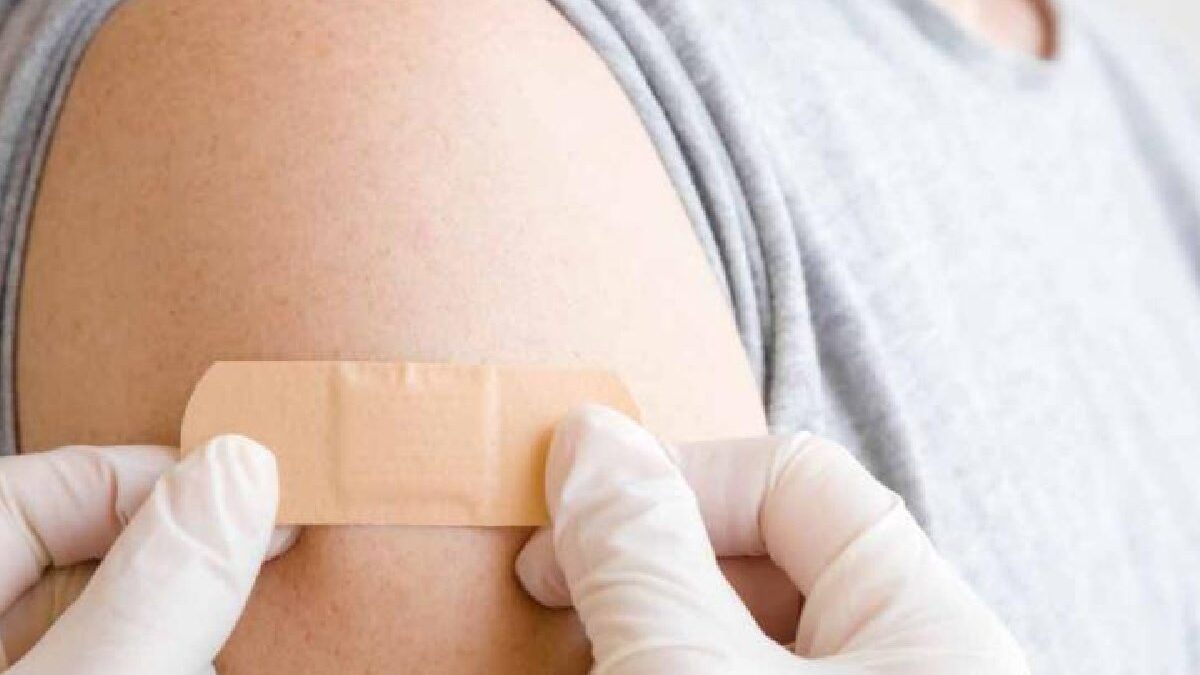Innovations in treating skin wounds – Usability, efficacy and treatment management have become indispensable features for treating skin wounds.
Skin wounds cause pain and discomfort, and sometimes even periods of disability. Caring for these lesions involves washing and disinfecting them and protecting them from infectious agents. Depending on the severity of the wound, some maintenance or another should be carried out. In these cases, it will be the health professional who must make the appropriate recommendations.
The different types of dressings can be classified according to
- Permeability. Occlusive are included, which are permeable, and semi-occlusive, which are permeable to gases and sweating but impermeable to water and bacteria.
- Location: primary, if they are placed on the wound or secondary, if they go over the primary to support it.
- Complexity. They can be divided into simple, interactive, bioactive, collagen, or silver, from most minor to the most complex.
There are new wound care products currently different from the traditional ones. Before, the dry cure method was used for healing wounds, but now the wet cure is used.
dry cure and wet cure
Traditionally, the dry cure method was used to heal the wound. The wound was exposed to the air to dry. In this way, a scab was formed. But this system also favoured the dryness of the skin, with which the access to nutrients was also reduced.
Currently, wound healing is opted for using a moist cure. The epidermis regenerates more quickly since, with this system, humidity does not allow the access of microorganisms or chemical agents
new dressings
Traditional dressings, such as plasters, gauze, and tapes, dry out the skin since they are known for their absorption capacity. In addition, they are not sterile, so they do not guarantee contamination with possible infectious agents. For this reason, today, new ways to protect wounds are linked to the wet cure method.
adherent dressings
These products are characterized by their adherence and absorbent capacity; that is, they absorb exudation from the wound. In addition, it is porous, which allows the damage to perspire. They are sterile, easy to apply and do not need to be fixed with a secondary dressing.
- Using them in draining wounds, necrotic ones, burns and skin ulcers is recommended.
transparent dressings
Transparent dressings can be made of polyurethane or copolymer. They are easy to place and being transparent, wound healing can be observed. They are also sterile, porous and non-absorbent, favouring the moist cure system. In addition, they are impervious to water and microorganisms, although not to sweat.
Some transparent polyurethane dressings may contain other materials with specific properties depending on the type of wound or ulcer. For example, it is possible to opt for dressings with silver salts for those infected wounds. Silver is activated by moisture from the exudate and helps to control and reduce the bacterial load.
- Transparent dressings are often used for partial-depth wounds or superficial non-draining burns
skin-friendly
There are also new, more skin-friendly dressings. These products are silicones or superabsorbent. As advantages, these dressings allow better skin adherence, allowing wound healing to be controlled as often as desired. Another advantage is the super absorbency of exudate from the wound. Also included are foams, which are neither adherent nor occlusive.
- They are suitable for draining partial or complete-depth skin wounds, surgical wounds, or skin ulcers.
other dressings
Technology has also created new alternatives to wound care. This is the case with Topical Negative Pressure Therapy (TPNT). This formula speeds up healing by stimulating tissue, removing toxins, and improving circulation.
On the other hand, researchers from Harvard University and McGill University in the United States have created new dressings called Active Adhesive Dressings (AAD). DAAs can close wounds more quickly than conventional plasters as they are composed of fibronectin nanofibers. DAAs prevent bacterial growth and are highly adhesive.
There are also bioactive dressings. Collagen powder, honey dressings with antimicrobial action, ionic charge or nutrients to stimulate the healing process, among others, stand out.

